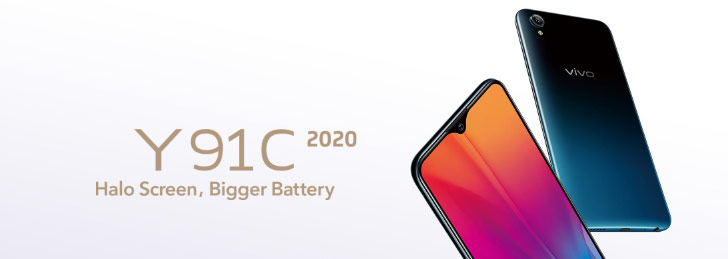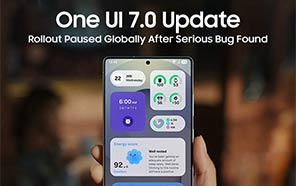Meet Vivo’s next budget smartphone for 2020, the Vivo Y91C 2020, which has just gone official in Bangladesh. Because of Vivo’s branding antics, we’re stuck with a name that’s a bit of a mouthful, but how does this entry-level measure up against its competition? Let’s find out.
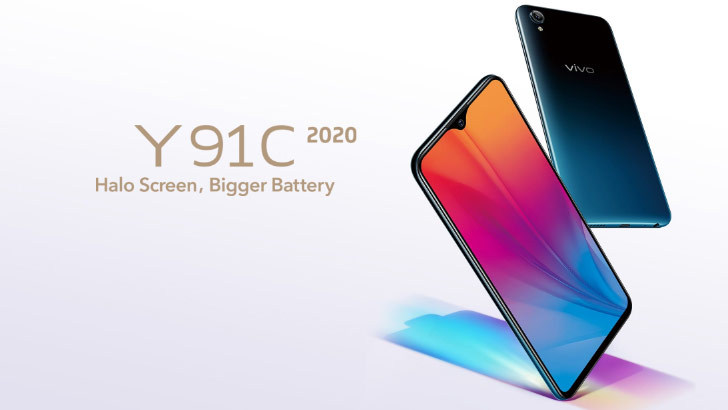
The Y91c 2020 features a 6.22” notched display that delivers a decent HD+ resolution and an 88.6% screen-to-body ratio. The build feels solid, albeit dated. The polycarbonate panel on the back sports a glossy glass-like look. Think a duo-tone design, but with a gradient finish.
The rear shells curves around the edges to give you an ergonomic feel. Surprisingly enough, the FullView display shaves off quite a bit of the side bezels and brings a great viewing experience.
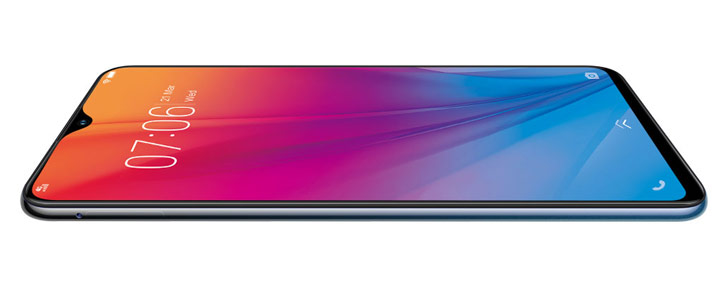
Further on the new Vivo Y91c, you’re looking at a single lens mounted on the back, with an LED flash right below it. And it is offered in Fusion Black and Ocean Blue editions. But there’s no support for a fingerprint scanner, so you’ll have to make do with face unlocking.
The 13-megapixel module here uses an AI algorithm, as does the 5-megapixel selfie shooter, to produce better shots. But even with its aid, the camera performance might be a letdown.
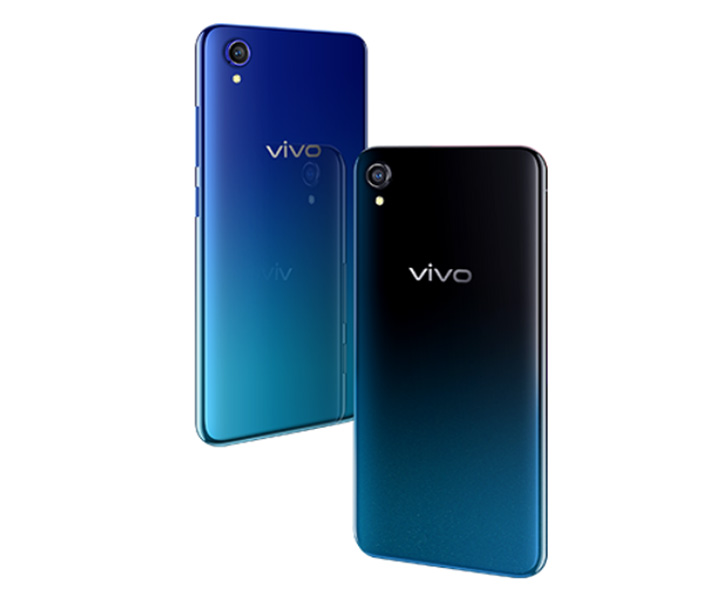
The ROM maxes out at 32 GB and is paired with two gigs of memory and a MediaTek P22 chipset. And while the SoC does support fast-charging, Vivo Y91C 2020 does not. The P22 chip has an octa-core processor baked into it, which promises acceptable performance. You can expand the storage up to 256 GB with a microSD card.

Finally, the hardware is equipped with a 4030mAh battery that uses Vivo’s proprietary power management to get the most out of the power cell. The OS which Y91C 2020 runs on isn’t as impressive, however. You’ll have to make do with an outdated Android-8.1-based Funtouch OS 4.5 until Vivo rolls out an update for this device.
Vivo V91C 2020 is essentially just a rebranded Vivo V91C, which made a debut in Pakistan, Malaysia, and Thailand last year. The original V91C is retailing for a Vivo price tag of 17,999 PKR. while the new 2020 variant is expected to fall around anywhere from 20,000 to 23,000 Pakistani rupees.
